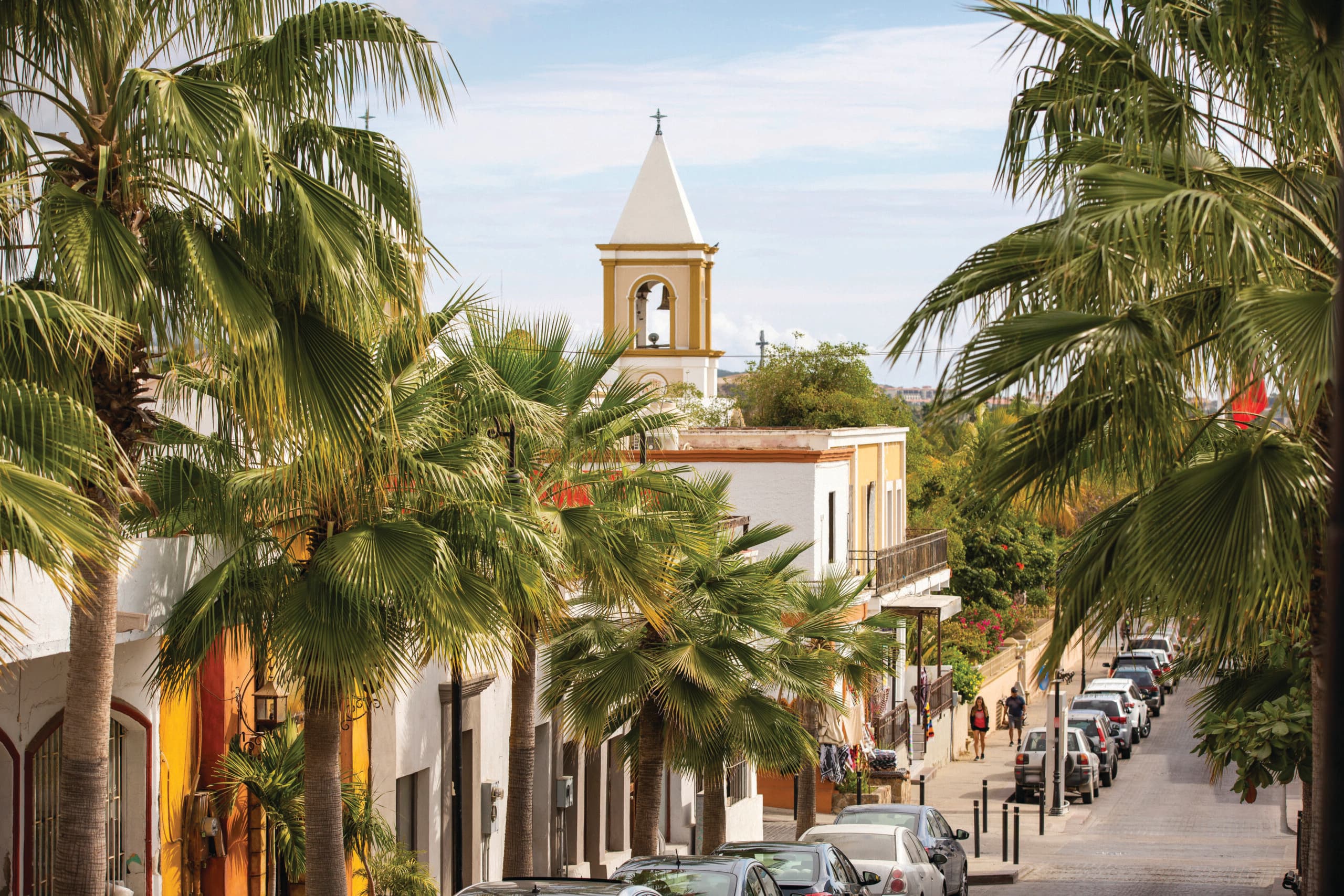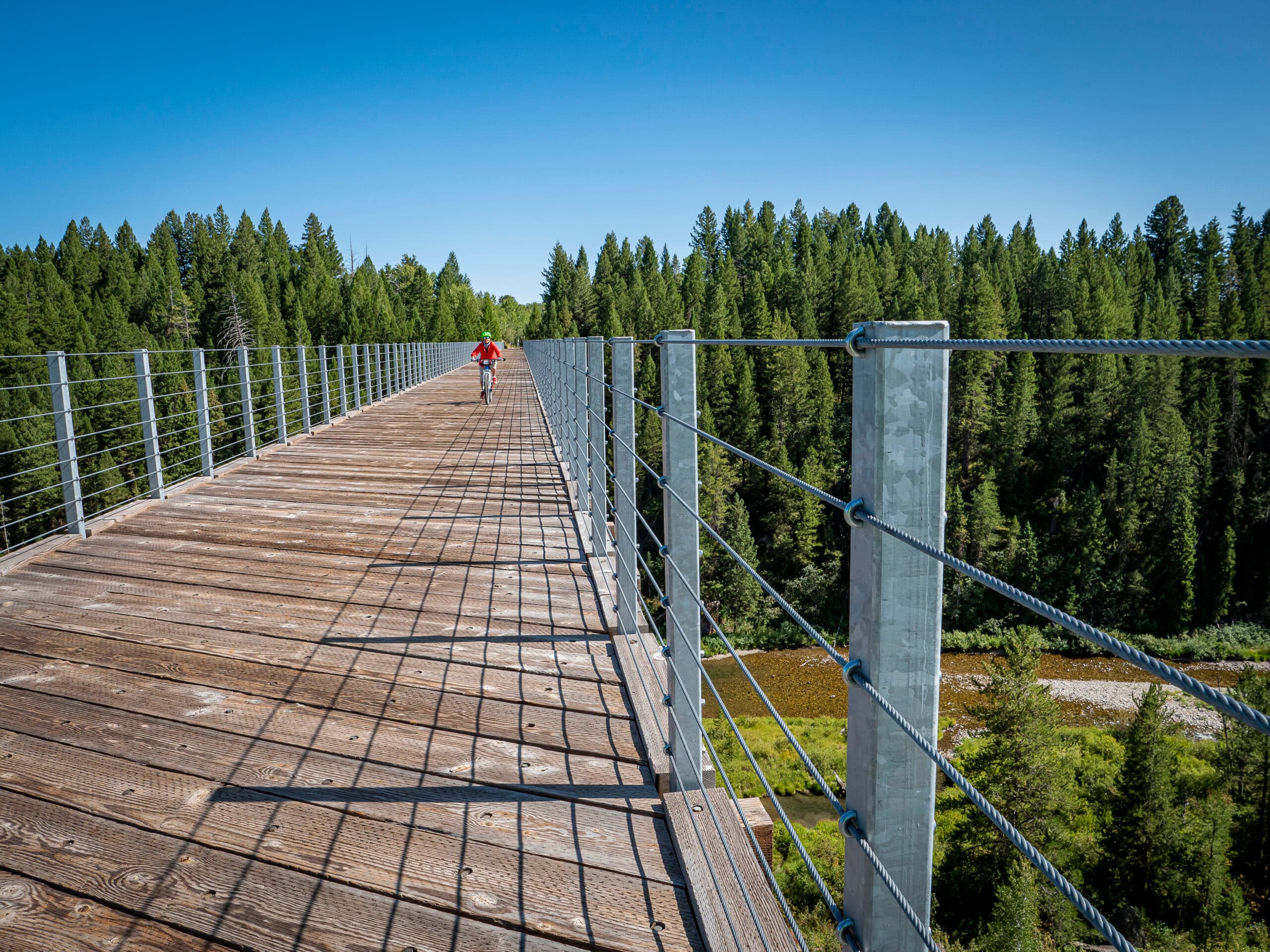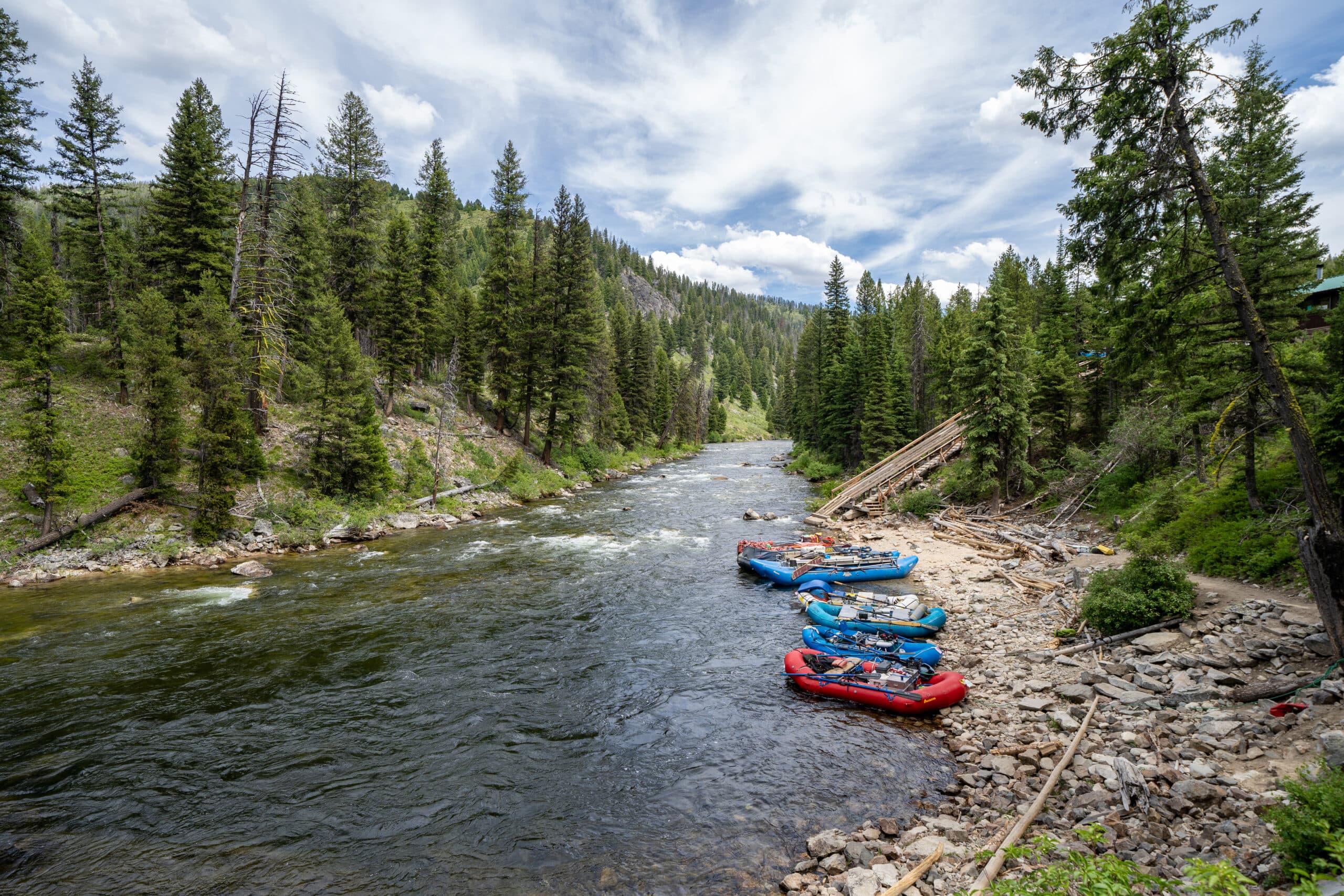Queen Quinoa
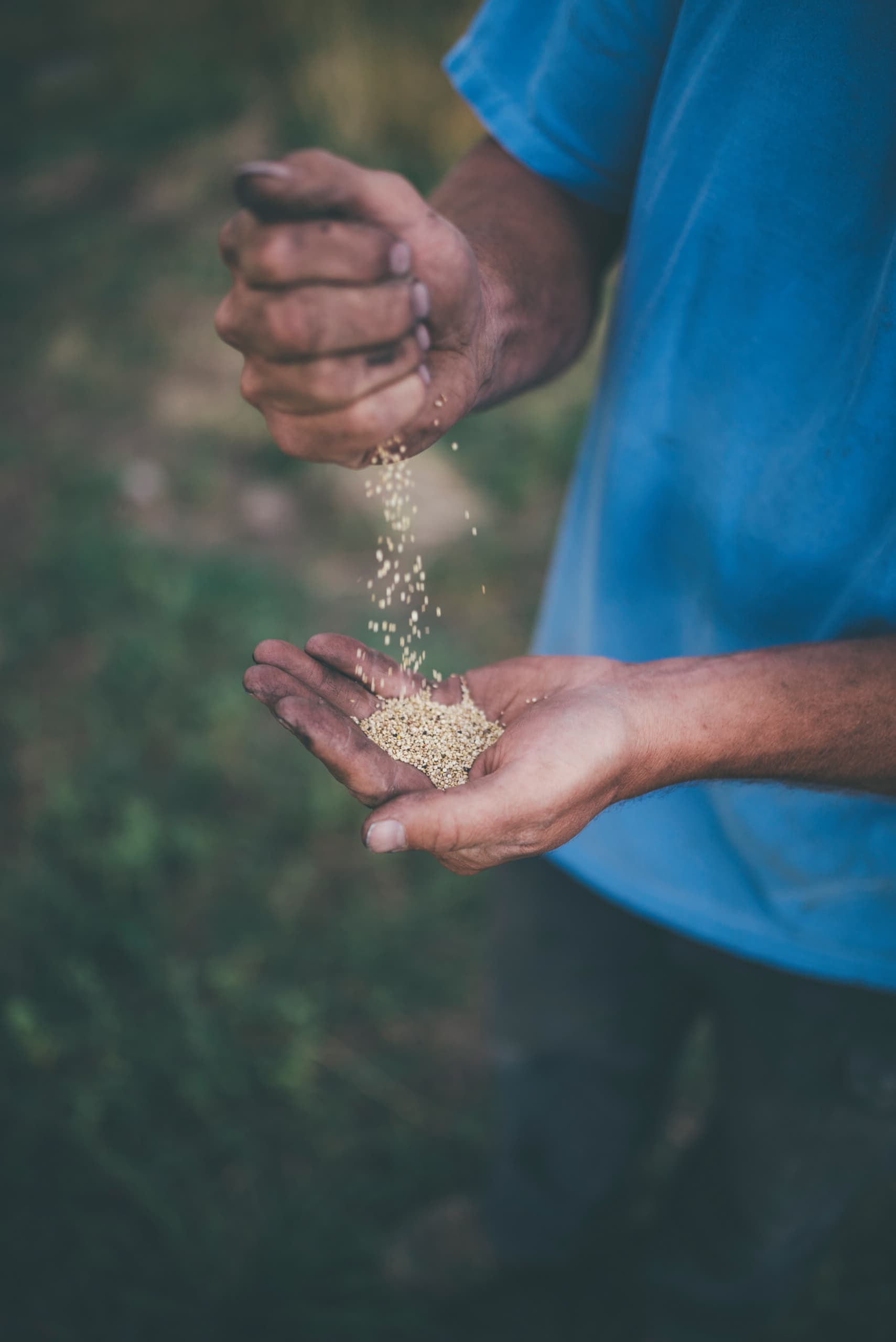
During the summer of 2015, Penfold Farms was growing a healthy crop of weeds. At least that’s what everyone in the neighborhood thought when they passed a particular field on Darby Canyon Road.
But the farm’s weedy acreage was actually the first season of a bold experiment initiated by Wyatt Penfold: the large-scale cultivation of quinoa. While a few area growers have dabbled in much smaller trials of the grain, that year Wyatt committed eleven acres to the endeavor, hoping to introduce to Teton Valley the first promising crop innovation in four decades.
Despite its recent appearance here, quinoa is an ancient food native to high elevations of the Andes, where it was domesticated nearly 5,000 years ago. The Incans called it chisoya mama, or the “mother grain.” Like the potato, it’s an important staple of indigenous cultures. Due to its complete protein profile and distinctive, nutty flavor, it has become popular in U.S. cuisine as a healthy alternative to rice and potatoes. And casual observers of Penfold Farm’s field were not far off—quinoa is a close relative of lambs quarters, a common weed. (Technically, quinoa isn’t a cereal grain, but a seed prepared and eaten like a grain.)
With surging demand in the domestic health food market, prices for quinoa have skyrocketed in the field and in the grocery store. Both yield and cash return make it an attractive crop to Wyatt, who explains that, because most of the quinoa available is grown in South America, there is a strong market for crops grown in the states. Plus, quinoa is uniquely suited to the high elevation and short growing season of Teton Valley.
“It doesn’t pollinate at temperatures over 90 degrees Fahrenheit, and 28 degrees doesn’t touch it,” Wyatt says, adding that quinoa will withstand valley frosts even better than the commonly cultivated barley.
A fourth-generation farmer on one of the most successful operations in the valley, Wyatt freely acknowledges the crop is highly experimental. Penfold Farms, which also includes Wyatt’s brother Nathan and their father Paris, has taken a risk to dedicate acreage to quinoa that otherwise would be in potatoes or barley, both reliable and productive.
As Paris says, through decades of research, the University of Idaho can tell a farmer exactly how to grow potatoes, but can supply no information on quinoa. Wyatt adds that the farm is investing tens of thousands of dollars per year in quinoa cultivation with no certainty of a viable or marketable crop. But, he says, “Options are limited here.”
On the plus side: In addition to a cash return that rivals that of potatoes, quinoa can be planted and harvested with equipment most farms already own, reducing capital costs.
While Wyatt is the only grower of quinoa in Teton Valley, he has partnered with mentor Jeremiah Clark in Soda Springs, who last year expanded his quinoa acreage to six hundred, including two hundred non-irrigated dryland acres. Both men are part of a loose coalition of ten southeast Idaho farmers who are writing the local book on quinoa cultivation and marketing.
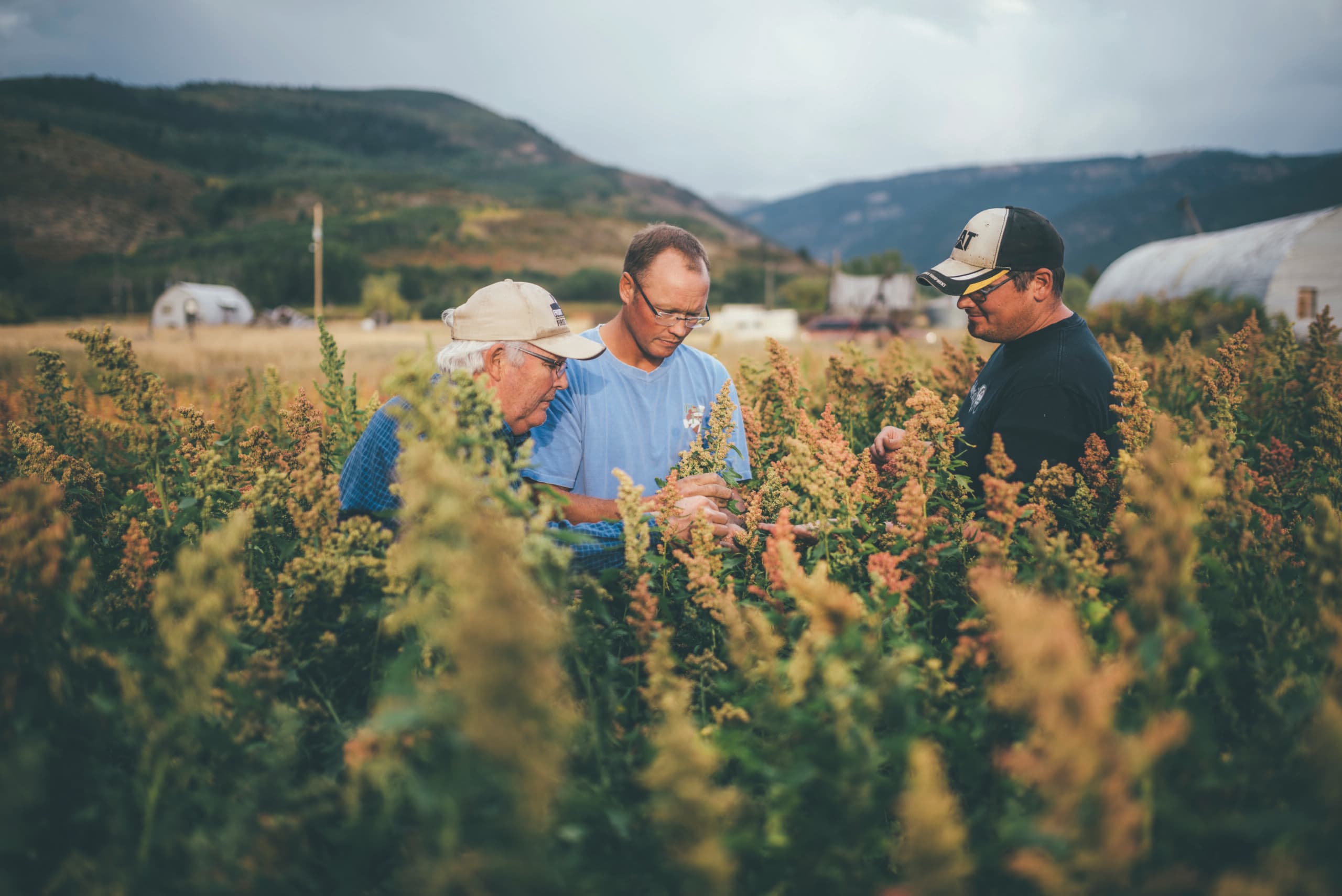
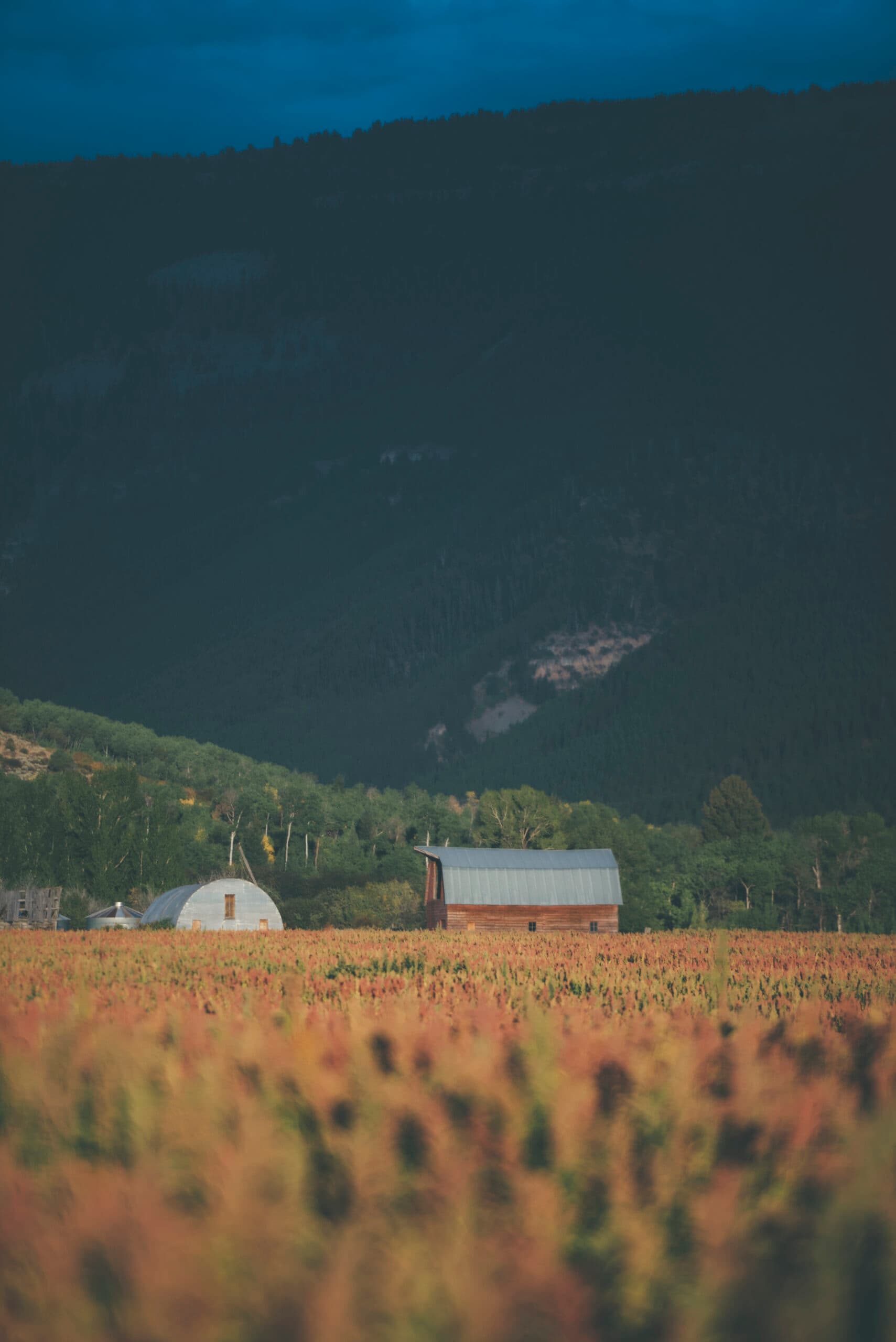
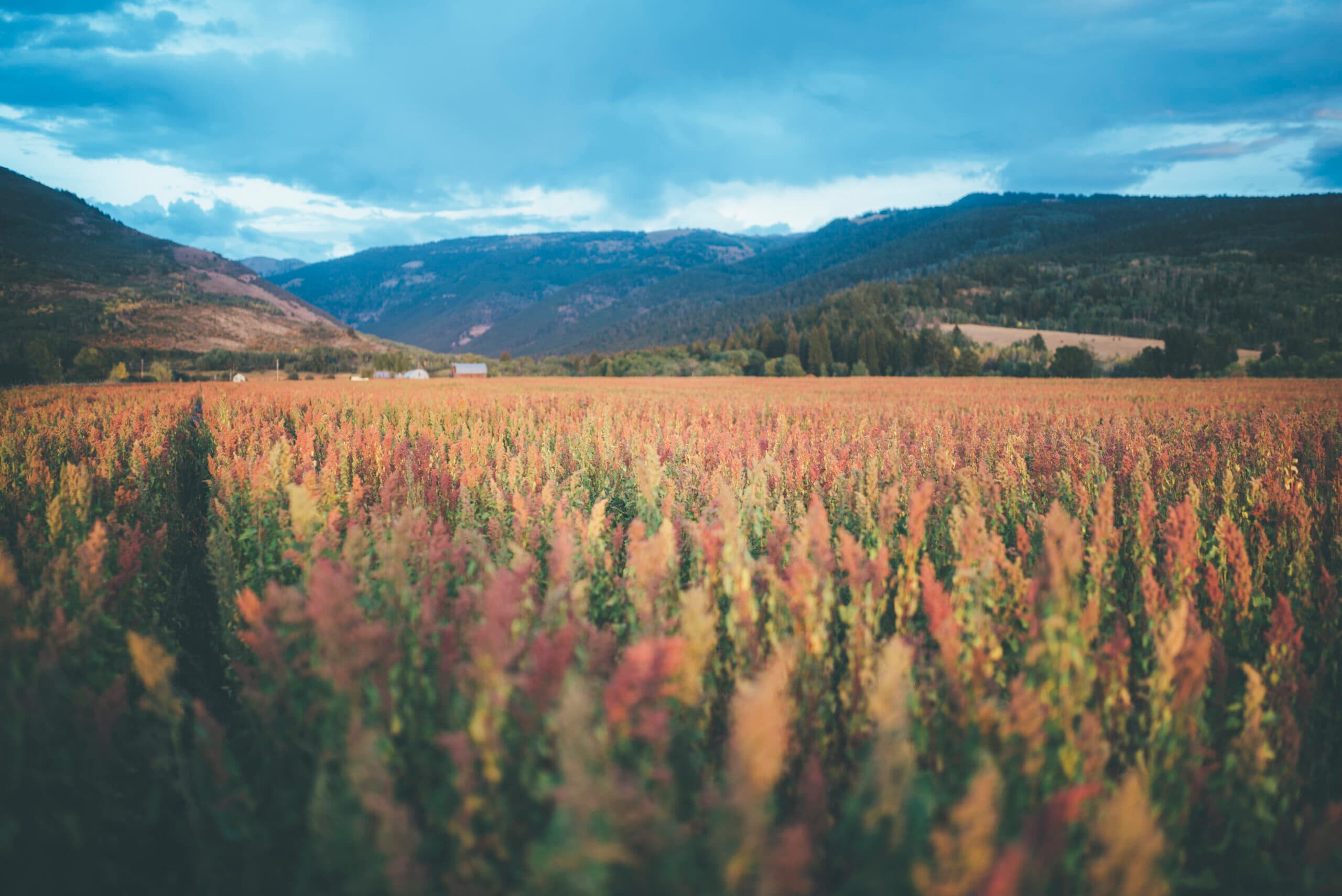
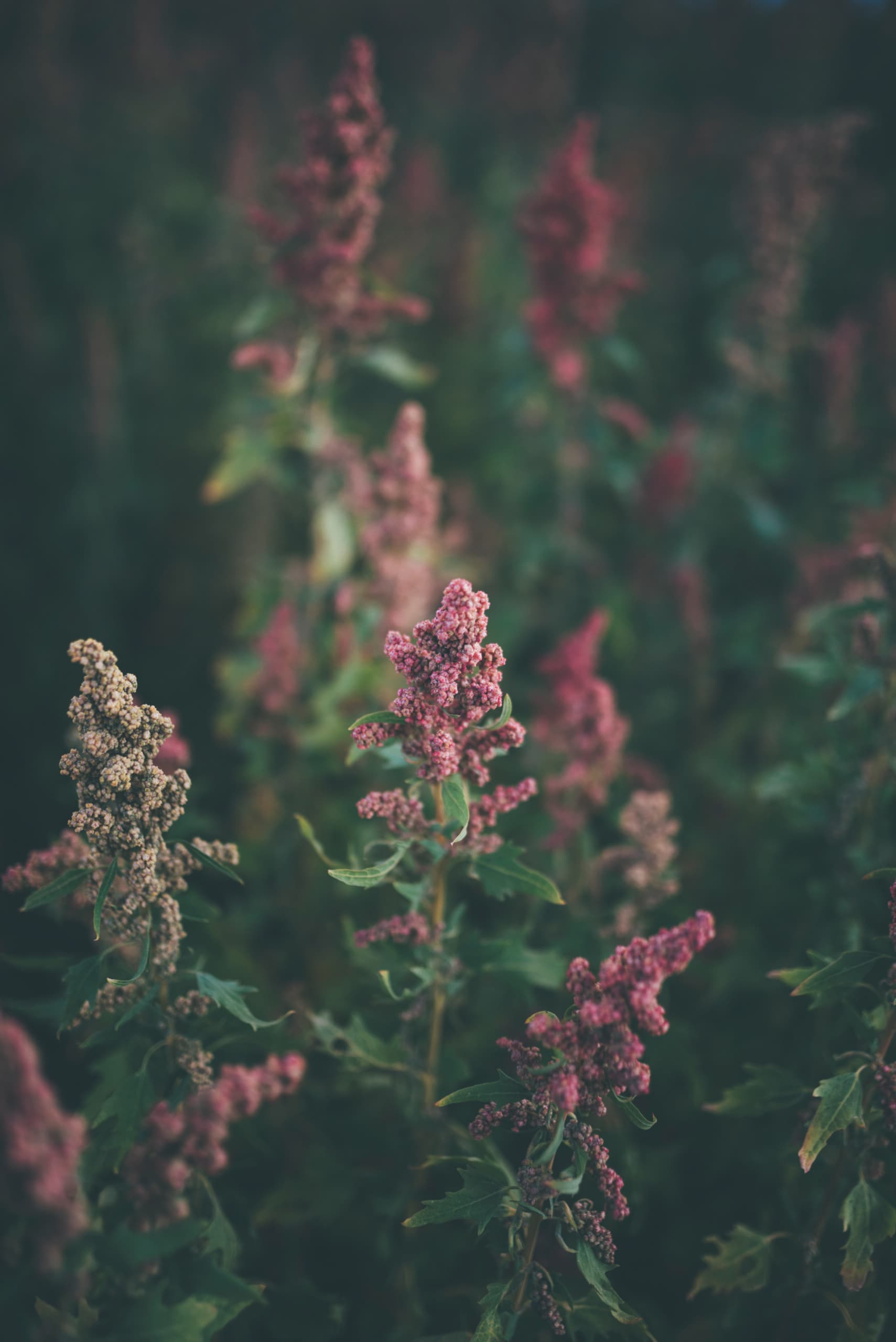
Wyatt’s enthusiasm is palpable as he details his undertaking. In 2016, he expanded to thirty-three acres and is defining successful cultural practices. He is testing different planting patterns and irrigation schedules to facilitate the growth of a crop that harvests more readily. Since quinoa wilts at any herbicide application, a tractor pass or two is needed to keep weeds in check. And because the available seed is not yet standardized, the mature crop is highly variable: short to tall plants, with white to golden to maroon seed heads. In the harvested “rainbow quinoa,” Wyatt’s kids counted seven colors.
While a market for quinoa is nearly guaranteed, the harvested grain is not consumer ready. American customers demand a product that is uniform in size and color. In South America, these qualities are ensured by hand sorting. For palatability, growers need to remove most of the bitter saponin coating that covers every seed.
Hoping to capture the U.S. market, Jeremiah and Wyatt have collaborated to build a processing plant in Idaho Falls. The facility employs laser technology to sort by size and color and to remove weed seeds. A polisher buffs seed surfaces to remove the saponin. Last fall, most of Penfold Farms’ crop had been sold, shipped as far as Korea. Wyatt is also looking at local markets for selling packaged quinoa.
Another necessary development is a uniform seed stock. Wyatt and Jeremiah are hand-selecting seed in the field from desirable plants with short stature and large, big-seeded heads. The University of Idaho Tetonia Research and Extension Center is growing out their supply to produce weed-free seed that will facilitate easier harvesting and quicker processing.
By the summer of 2016, Wyatt’s quinoa stand looked uniform and dense. “Penfold Farms is optimistic,” Wyatt says. But, he adds, given all the variables, the verdict on quinoa is still seven to ten years out. “We have to be innovative; otherwise, family farms will go away.”
Every week, Wyatt says, at least one eastern Idaho farmer calls him. Runners, bikers, and hikers headed up Darby Canyon also notice the unique crop, and Wyatt views this attention as “a bridge to the community.” Teton Valley could be a prime spot for quinoa, “if it works,” he says, laughing.

